Snowboarding.
For Snowkiting you can use almost any snowboard. The exception, perhaps, be called snowboards designed for downhill, which are manufactured under one direction. It is best to give preference to symmetrical Twin-tip snowboard with a large radius cut edge. In a word than Kant snowboard will be straighter, the better you will control the board. Board should not be too soft. In the soft board you will be harder to kill, but easier to jump. Your position on the board feet Snowkiting should be symmetrical relative to the center of the board, drill mounting shoe for about 15-20 degrees from the center. This situation will allow you to maintain equal control of moving both right and left tack. Short boards will give you more control and better opportunity to kill before a jump, long permit to ride at high speeds and on loose snow. Ideally, the snowboard should be in the height of your body from feet to chin. Now some manufacturers emphasize in the production of special boards for Snowkiting. These boards are straight edge. This is the best choice. These boards are specifically designed for riding on the kite, have a low weight and very good management. You can use any snowboard bindings, but it is more convenient to have a fastening system or Flow-Step-In. Step-In system is good that we are within a short time you can gain a foothold on the board, but initially the shoes have a heavier construction and are uncomfortable to walk. In our time, the system Step-In is not used at all or very little and our choice of Flow bindings. They allow you to quickly connect with the board. This is convenient for those who are beginning the first steps in Snowkiting, as well as for those who are riding on the C-types. If you do tricks — then the choice for lightweight fixings. In any case the choice of snowboarding and skiing for the setting of kiting is a personal affair of each. All Tweaks better communicate empirically in riding and training.
Ski.
For riding a kite can be used skis any design and style, but again did not consider reasonable alternatives. Now let’s talk about the specific choice of skis for Snowkiting. Classic mountain skis are very stable and a huge plus that they have no sidecut. Do not choose too long, ski, because it would impede turning and walking in the wind. Skiing for the extreme skiing with a large cut (carving) are not recommended. With a large cut edge you will have less friction with the surface, as a consequence of less control. If you are a beginner, choose not too stiff skis. They will easily drive traffic and gain speed, but they are not recommended to perform tricks and jumps. Cross-country skiing or walking, not the best idea for Snowkiting. They are not intended for off-piste skiing and you can not control them. Wide long skis allow you to confidently ski on fresh snow, but they have more weight makes it difficult for a long ride. Also in these harder to climb the wind puts his foot on the edge. We recommend freestyle skis are easily identified by the curved ends of the nose and tail of the ski. They are Twin-tip design, reduced weight and a small radius of the notch, or its absence. Anchorages installed in the center of skis for equal weight distribution. Do not forget about setting bindings under its own weight. In an emergency must detach your skis. Boots is also an individual choice of each, preferably the presence of a system that allows you to adjust the stiffness of the shoe for riding and walking.

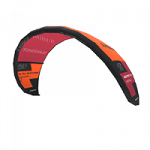

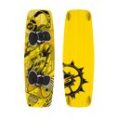
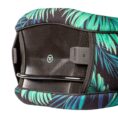
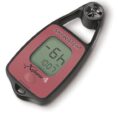



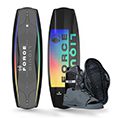

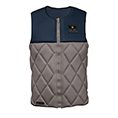





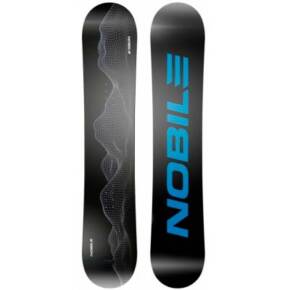
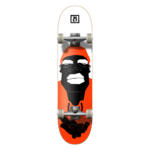
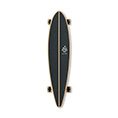

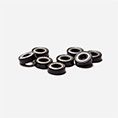
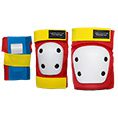
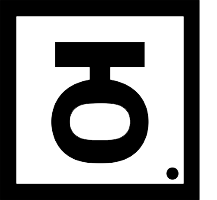



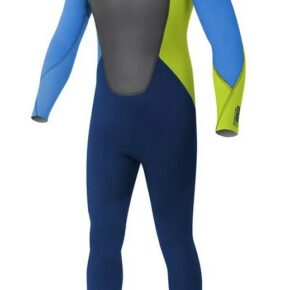
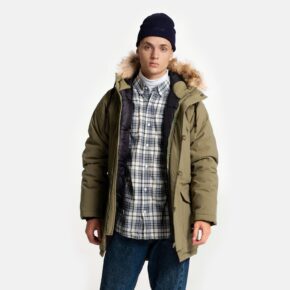

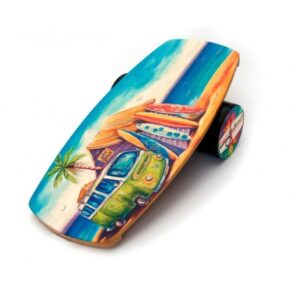

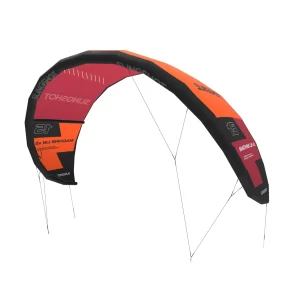 Кайты и Винги
Кайты и Винги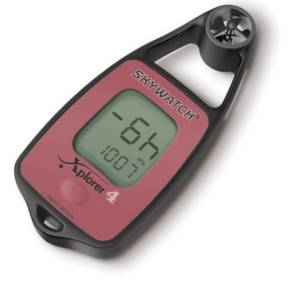 Аксессуары
Аксессуары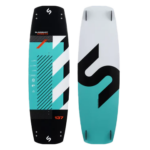 Доски
Доски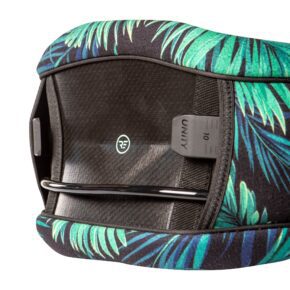 Трапеции
Трапеции